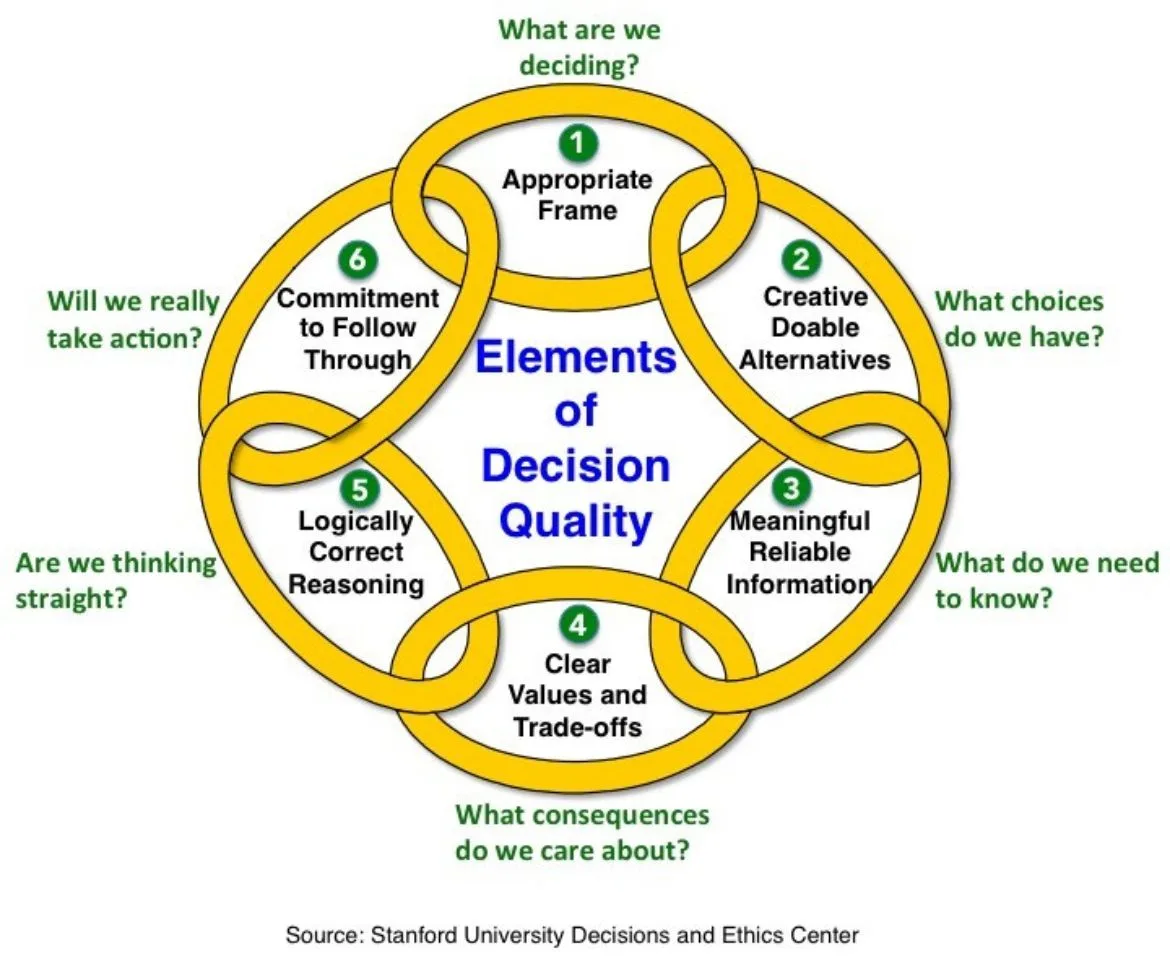7 Real-Life Decisions Under Pressure That Changed the Outcome

High-pressure situations often demand swift, strategic, and accurate decision-making. The consequences of these moments can be life-altering, both personally and professionally. This article highlights seven real-life decisions under pressure that demonstrate composure, clarity, and the critical value of acting decisively in stressful scenarios.
1. The “Miracle on the Hudson” – Aviation Crisis Management
On January 15, 2009, Captain Chesley “Sully” Sullenberger safely landed US Airways Flight 1549 on the Hudson River after both engines failed due to a bird strike. With limited altitude and time, Sullenberger’s decision to attempt a water landing, instead of returning to the airport, saved all 155 lives onboard. His leadership under extreme pressure has since become a gold standard in aviation crisis response.
Key Insight:
Rapid assessment, trust in experience, and confidence in high-stakes moments are essential for safety-critical roles.
2. Emergency Room Triage Under Extreme Pressure
In a high-volume trauma centre, emergency physicians are frequently required to make split-second decisions. For instance, when three critically injured patients arrive simultaneously, physicians must prioritise treatment based on threat to life. Choosing to secure an airway before addressing internal bleeding or unconsciousness can mean the difference between life and death.
Key Insight:
Triage decisions made under pressure rely on established protocols and a deep understanding of medical urgency.
3. Fire Command Strategy to Avoid Structural Collapse
During a structural fire, a firefighter observed that a weakened wall was close to collapsing. Rather than proceeding with a direct rescue approach, the lead officer adjusted the rescue route, directing personnel and the victim toward a safer exit using a ladder. Moments later, the wall collapsed, confirming that the judgment call had prevented tragedy.
Key Insight:
Situational awareness and calculated risk management are vital in time-critical rescue operations.
4. Executive Leadership During Public Relations Crises
When consumer backlash over high sugar content impacted brand perception, PepsiCo’s then-CEO Indra Nooyi responded by initiating a shift towards healthier product lines. Without waiting for long-term data, the company acted swiftly to address customer concerns, update marketing strategies, and realign product development goals. This response helped preserve market reputation and shareholder confidence.
Key Insight:
In business, public sentiment and market trust must be addressed promptly with visible, meaningful action.
5. Crisis Management in Technology Product Launches
Shortly before a major SaaS product launch, a critical bug was discovered. Instead of proceeding, the project manager delayed the rollout by two hours, executed an emergency fix, and transparently informed stakeholders. As a result, the product was successfully launched, and the brand maintained its integrity.
Key Insight:
Delaying to maintain quality can enhance trust, especially when paired with clear and proactive communication.
6. Educational Leadership During Student Crisis
In a real incident, a false fire alarm triggered chaos in a secondary school. The school principal immediately addressed the situation via the PA system with a calm, measured tone: “This is a drill. Please stay calm and follow your teachers.” The simple message de-escalated the situation and prevented potential injuries or emotional distress.
Key Insight:
Effective communication, especially in institutions, is key to preventing escalation during stressful situations.
7. Small Aircraft Pilot Navigating Unexpected Turbulence
During a routine flight over mountainous terrain, a private pilot encountered sudden turbulence. Rather than descending blindly, the pilot contacted air traffic control, requested an alternate route, and adjusted course based on expert guidance. The flight continued safely, avoiding further risk.
Key Insight:
Relying on systems, protocols, and expert support networks enables better decisions when visibility is low, literally or metaphorically.
The Common Thread in Real-Life Decisions Under Pressure
Despite the diverse contexts, all seven examples share essential decision-making traits:
1. Rapid Evaluation and Clarity
The ability to process data quickly and distinguish critical from non-critical inputs under pressure is a hallmark of effective leadership.
2. Remaining Composed
Emotional regulation and professionalism remain central to smart decision-making, particularly in unpredictable environments.
3. Decisive Action
Once the optimal course is identified, the best leaders act without hesitation, ensuring timely results.
4. Communication as a Leadership Tool
From aviation to classrooms, effective and direct communication ensures that everyone remains informed, safe, and focused.
5. Adaptability
The capacity to pivot and accept new realities swiftly ensures decisions align with evolving conditions.
FAQs: Understanding Real-Life Decisions Under Pressure
Q1: How can professionals prepare for high-pressure decisions?
A: Regular simulation training, scenario-based drills, and critical thinking exercises improve readiness and reaction time in emergencies.
Q2: What role does intuition play under pressure?
A: Intuition, when rooted in deep experience and pattern recognition, is often a valuable tool in high-pressure decision-making.
Q3: What industries face the highest pressure in decision-making?
A: Sectors such as healthcare, aviation, emergency services, finance, and cybersecurity are most affected by time-sensitive decision dynamics.
Q4: How does stress affect decision quality?
A: Unmanaged stress can impair judgment. However, trained professionals often use stress as a catalyst to sharpen focus and prioritise effectively.
Q5: Can decision-making under pressure be improved over time?
A: Yes. Through exposure, feedback, and reflective practice, individuals can significantly enhance their ability to think and act under pressure.
Conclusion: Turning Pressure into Performance
Real-life decisions under pressure provide some of the most powerful lessons in leadership, crisis management, and human resilience. From piloting aircraft to managing corporate image, what separates successful outcomes from failure is not just intelligence, but the ability to stay calm, act decisively, and prioritise wisely.
Understanding these principles, and learning from real examples, allows individuals and organisations to prepare better for their own moments of truth.




